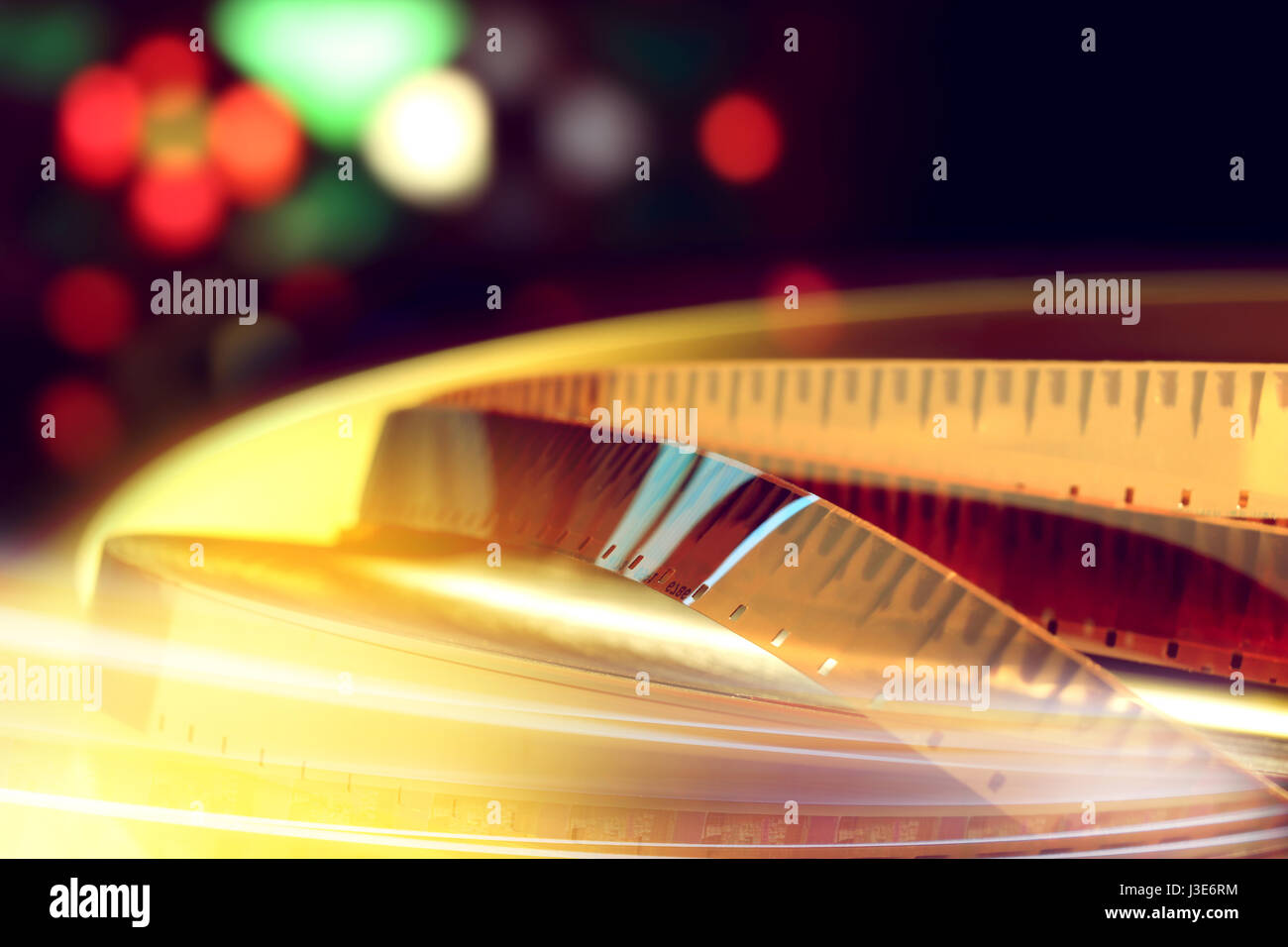
A lens with many blades will create circular, soft, out-of-focus highlights- and so, better bokeh. A classic 50mm f/1.8 lens is an excellent and affordable choice to start if you don’t have the budget to invest in a high-end prime lens.Īnd what if you don’t have a fast lens? Don’t worry! There are other ways to get bokeh, but we will talk more about that later.īesides the maximum aperture of the lens, you should pay attention to the number of blades of the diaphragm. Plus, they tend to be lighter, and therefore easier to control and carry around. Prime lenses usually offer better image quality and wider apertures than zoom lenses. Oh, and lots of creativity!Īs a general rule, you need a fast lens. That said, if you want to achieve beautiful bokeh in your photos, all you need is a good lens and a solid understanding of the depth of field. On the contrary, bad bokeh refers to low-quality blur produced by cheap lenses.

It creates a creamy look that makes the subject stand out while giving an artistic feel to the shot. So, when the blurred sections of an image look soft, clean, and they add value to the composition, we talk about good bokeh.Ī good bokeh effect produces smooth transitions between the sharp and out-of-focus parts of an image. Need more help to get the idea? Here are some examples of bokeh:īy definition, bokeh should always look aesthetic and pleasing to the eye. But, the term bokeh also includes soft, hazy backgrounds that we usually see on portraits or macro photography. Many photographers define bokeh as circular or polygonal shapes created by blurred points of light, such as those formed by street lights at night. It is not the same as a blurry background or foreground, and it has nothing to do with the amount of blur either. In other words, bokeh is a creative use of blur in photography to produce a nice visual effect. The term comes from the Japanese word boke, which means “blur” or “haze”. Can you add a bokeh background in editing?īokeh refers to the aesthetic quality of the out-of-focus areas of a photo generated by a lens.Get creative with colors, shapes, and light sources Create distance between the subject and the background Set your camera in Aperture Priority mode How do you get the bokeh effect? – 7 photography bokeh tips.



 0 kommentar(er)
0 kommentar(er)
